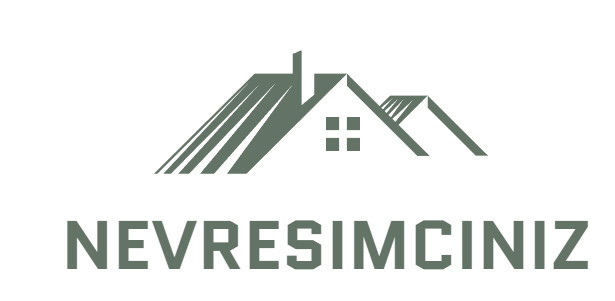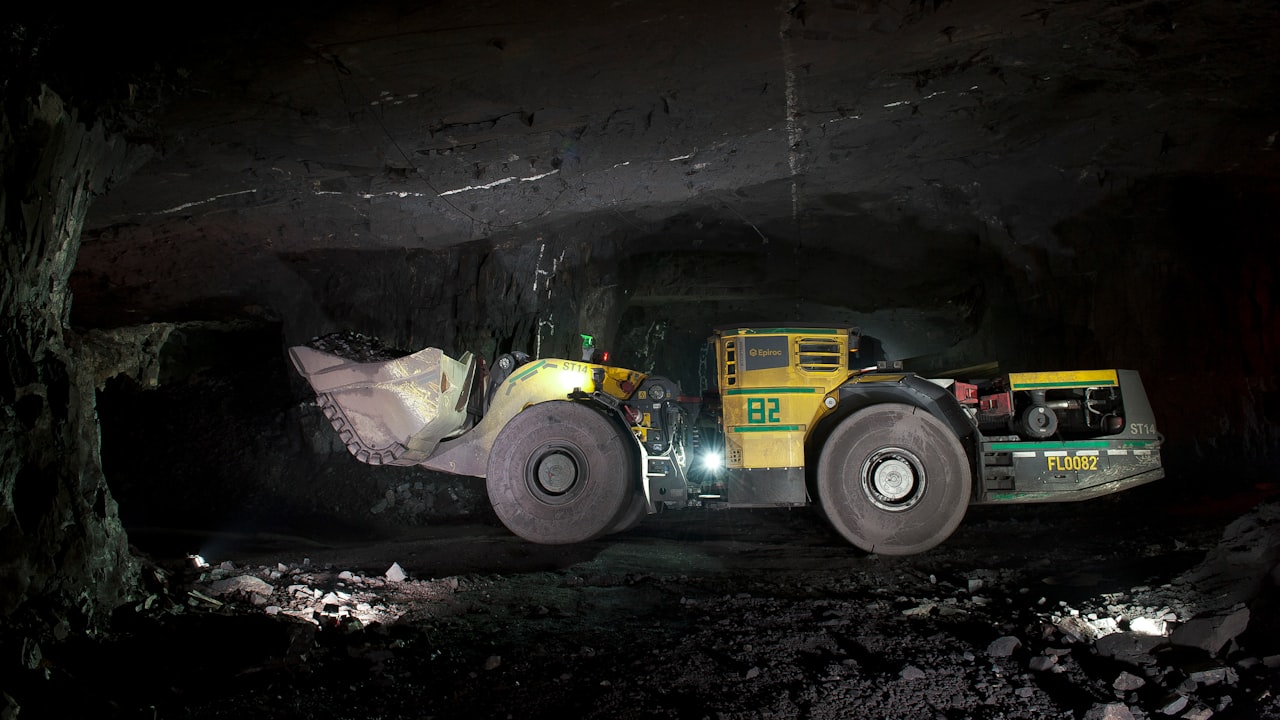In the world of coal mining, drilling plays a crucial role in extracting this valuable resource from the earth. Mining drilling bits and cutting picks are the backbones of drilling operations, enabling the efficient penetration and removal of coal from underground seams. In this article, we will delve into the science behind mining drilling bits and cutting picks, providing a comprehensive guide to understanding their working principles and how they contribute to successful coal mining. Go now to learn more.
The Anatomy of Mining Drilling Bits and Cutting Picks:
To understand the working principles of mining drilling bits and cutting picks, it is important to explore their anatomy. These tools consist of several key components:
Cutting Element:
The cutting element is the business end of the tool responsible for breaking and removing coal. It is typically made from ultra-hard materials like tungsten carbide or diamond, chosen for their exceptional hardness and wear resistance.
Bit Body:
The bit body serves as the support structure for the cutting element. It is designed to withstand the high forces and extreme conditions encountered during drilling operations. Bit bodies are commonly made from steel alloys that offer strength and durability.
Shank:
The shank is the part of the tool that connects to the drilling equipment. It provides stability and transmits rotational force to the cutting element. Shank designs vary depending on the drilling rig and specific application.
Working Principles of Mining Drilling Bits and Cutting Picks:
Mining drilling bits and cutting picks operate on fundamental principles of rock fragmentation and removal. Understanding these principles helps optimize their performance:
Penetration:
As the drilling rig applies downward force, the cutting element of the tool penetrates the coal seam. The hardness and sharpness of the cutting element determine the efficiency of penetration. Harder and sharper cutting elements can penetrate more effectively, reducing drilling time.
Breaking and Chipping:
Once the cutting element penetrates the coal, it exerts pressure and fractures the material. The design of the cutting element, including its shape and arrangement, influences the breaking and chipping process. The objective is to create manageable fragments for extraction.
Removal:
After breaking the coal, the drilling tool's rotation and movement facilitate the removal of the fragmented material. The spiral grooves or flutes on the bit body help transport the debris out of the hole, allowing continuous drilling.
Factors Affecting Performance:
Several factors impact the performance of mining drilling bits and cutting picks:
Material Hardness:
The hardness of the coal seam directly affects tool performance. Harder coal formations require more durable and wear-resistant cutting elements to maintain efficiency.
Tool Design and Geometry:
The design and geometry of the cutting element, including its shape, size, and distribution, affect its cutting efficiency. Optimal design enhances productivity and reduces wear.
Tool Maintenance:
Regular maintenance, including sharpening or replacement of worn-out cutting elements, is crucial for sustained performance. Dull or damaged tools result in reduced drilling efficiency and increased downtime.
Conclusion:
Mining drilling bits and cutting picks are indispensable tools in coal mining operations. By understanding their working principles and optimizing factors such as penetration, breaking, chipping, removal, material hardness, tool design, and maintenance, coal mining companies can improve drilling efficiency and productivity. Continual advancements in tool technology and ongoing research in the field of rock cutting further contribute to the evolution of these vital tools. With a strong foundation in the science behind mining drilling bits and cutting picks, professionals in the coal mining industry can make informed decisions, improve operations, and maximize coal extraction.


